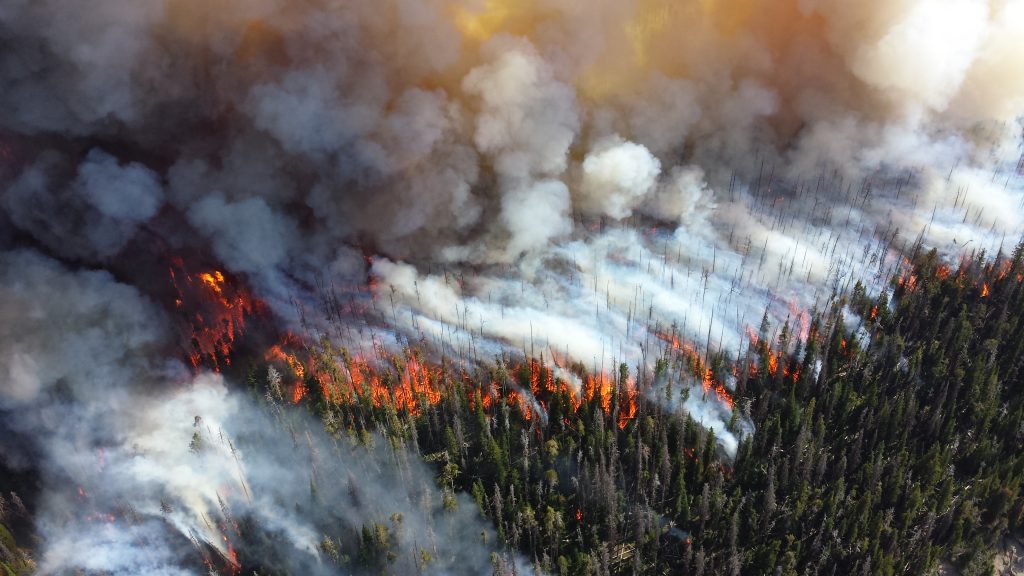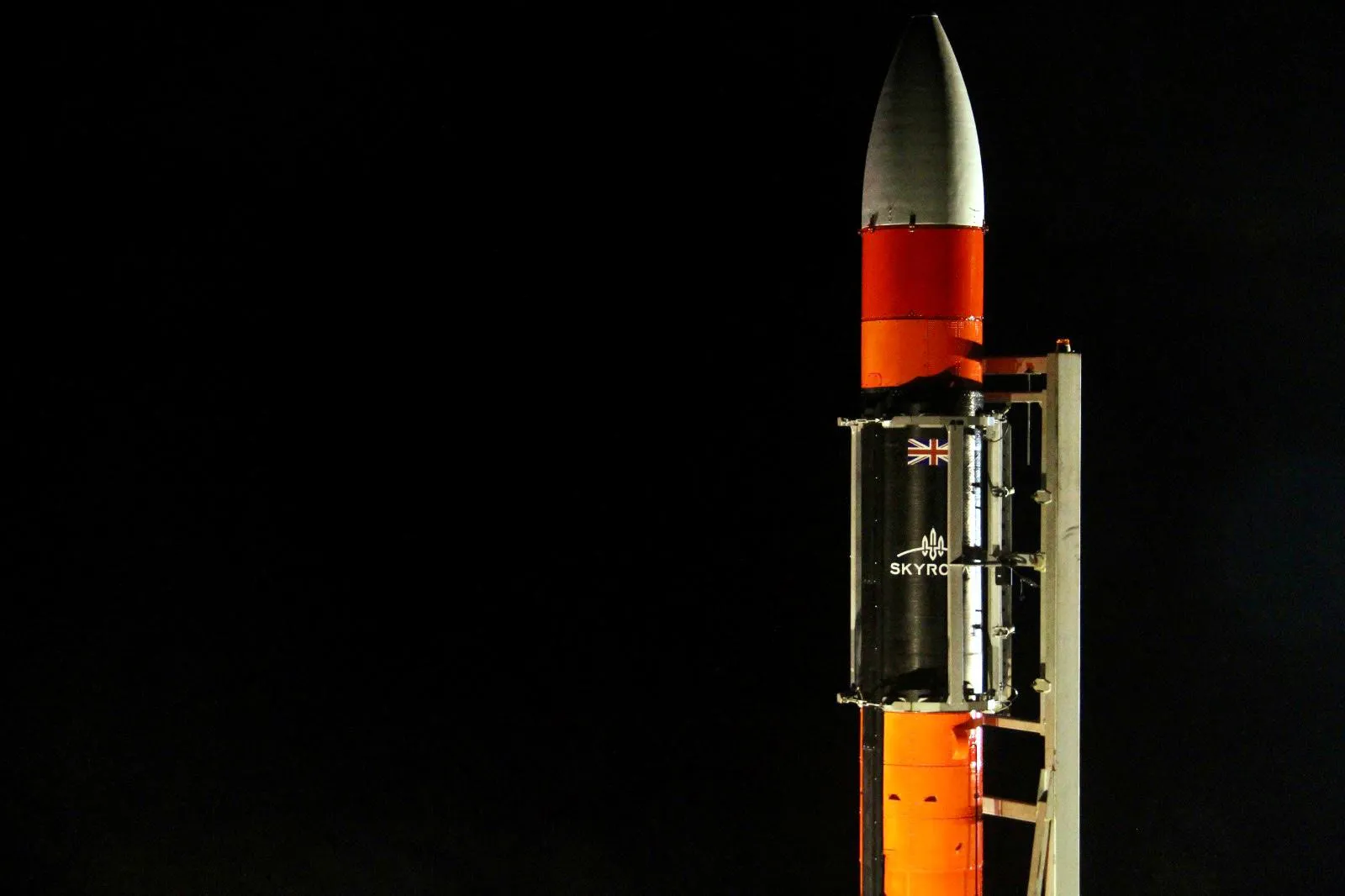Observing glacial change from space

Variations in glacial change are the key indicators of regional climate change. The regulation of water balance is often controlled by glacial change and movement. In global warming conditions, glaciers degrade and recede, which is expressed in the related changes in seal levels. Monitoring glacial melting is imperative to studies concerning ocean level changes.
Glaciers cover an array of global climate regions, from the poles to the tropics, the study of glacial change enables significant data collection concerning regional and even global climate change. Due to the fact that many features of a glacier are detectable from space, such studies are well designed for remote sensing methods.
As a result of global warming, glaciers melt and reduce which is reflected in the related changes of glacier runoff. These processes are a result of hydrological and glacial disasters such as natural dam formation, riverbed blockage, mudflows, and catastrophic flash floods consequential to ice blocks that fall away from a glacier, accompanied by the debris.
The study of glacier melting is beneficial to the analysis of sea level changes that may be detrimental to the residents inhabiting coastal areas, which is potentially one of the most dangerous influences of modern climate change on humanity.
As a direct consequence of glacial shrinkage, areas of unstable and loose sediments of ice are exposed, leading to slope instabilities in large areas with a higher risk of landslides and erosion. The number of ice avalanches is on the ascent as a direct result of rising global temperatures; many glacial lakes have formed as a result, leading to the increased threat of inundation. Such geohazards damage land, properties, and infrastructure, and threaten lives.
Ice cover on Earth is adjusting constantly, corroborated by data collected over decades that analyse the mass balance of glacier in the Alps. Utilising satellite technology to measure glacial mass balance and recession is, however, time consuming, arduous, and expensive. Despite this, over the last 40 years the advent of remote sensing has offered unparalleled opportunities for glacial observation.
The ability to measure glacial movement using satellite imagery is a result of distinguishing the edge of a glacier from the surrounding land. In order to accurately separate a glacier from its surroundings, researchers and scientists must analyse the specific types of light being reflected.
While satellite data relevant to glacial movements and reduction is easier to collect than ground measurements, images must still be recorded for many years before it is certain that a glacier is changing. It is critical to additionally obtain ground measurements to support the results deduced from the analysis of satellite data.
References
1. Science Direct (2015), Satellite remote sensing outputs of the certain glaciers on the territory of East Georgia
2. Ice Eye (2020), Monitoring Glacier Changes Using SAR Imagery
3. Antarctic Glaciers (2020), Observing glacier change from space
4. Earth Observatory (1999), Using satellites to measure glaciers



